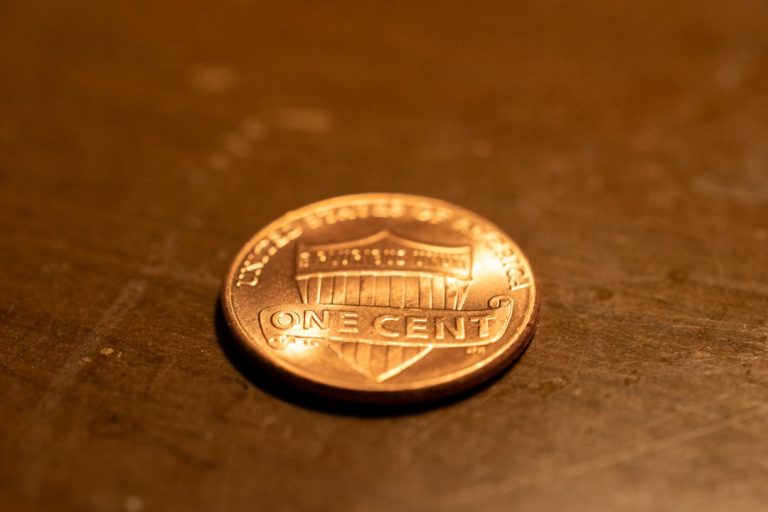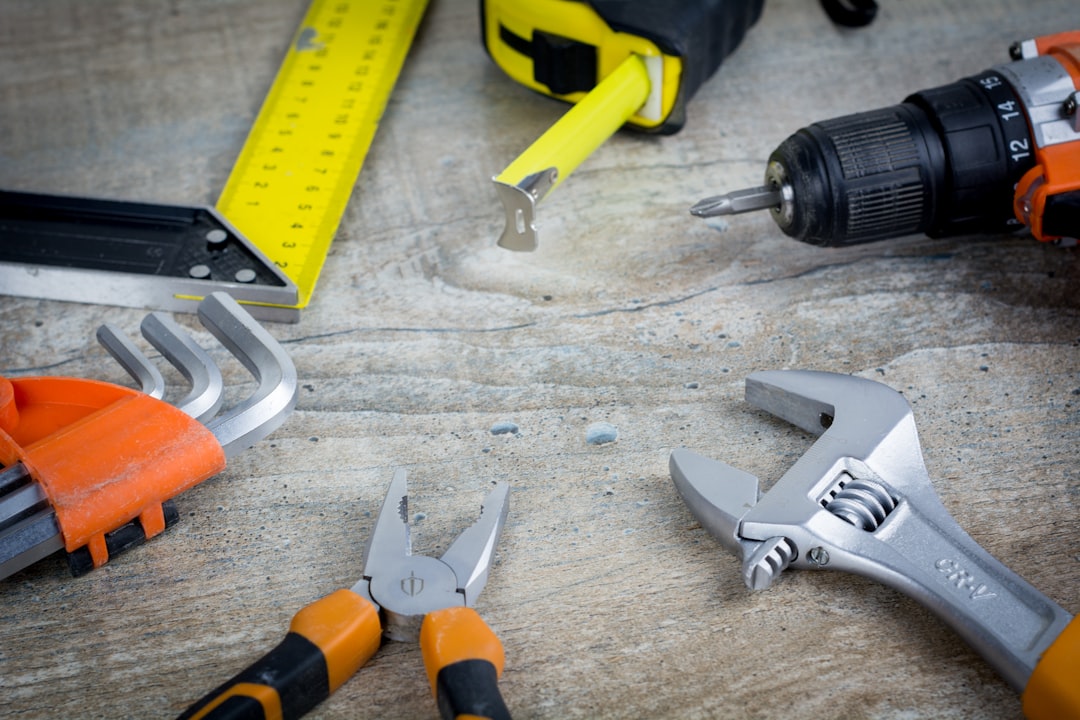15 Penny-Pinching Practices That Could Cost You More Than They Save (And What Actually Works)
Last month, I embarked on a homemade laundry detergent adventure, merging science with savings—or so I thought. After whipping up a concoction for three hours and spending $8 on ingredients, I ended up with a two-month supply. Post-experiment, the harsh reality hit me—I had saved a grand total of $7. That’s $2.33 per hour, folks. I was practically in the sweatshop business for myself, and let’s just say, it wasn’t lucrative.
This got me thinking—how many of our so-called “frugal” habits are just a façade, masquerading as money-savers while secretly just eating away our precious time? In our cash-strapped economy, it’s vital to discern the effective from the futile. Let’s dive into 15 typical money-saving tips that might just be a fool’s errand, and what you can do instead to truly bolster your bank account.
1. DIY Cleaning Products:
Why you might as well throw your money out the window: Sure, vinegar and water might tackle some grime, but for the real dirty work, these homespun potions often fall short, requiring Herculean efforts for mediocre results.
The smarter approach? Grab those commercial cleaners in concentrate. Use them as directed, stock up during sales, and tap into cashback apps to maximize savings without compromising cleanliness.
2. Extreme Couponing:
Why it’s a bottomless pit: Hours spent snipping coupons can result in savings so minimal you’d earn more flipping burgers.
What to do instead: Embrace technology with cashback apps like Ibotta or Rakuten, which offer tangible returns without turning couponing into a full-time job.
3. Gas Station Safaris:
Why it’s a wild goose chase: Driving extra miles to shave pennies off per gallon? The math rarely adds up once you factor in vehicle wear and tear.
Instead, use apps to find the best gas prices on your regular routes. Loyalty programs and credit cards can also offer discounts that truly make a difference.
4. Washing Ziplock Bags:
Why it’s just sad: The minuscule savings versus the time and effort make this one a no-brainer. Plus, those bags degrade faster than a politician’s promises.
Try this: Invest in reusable silicone bags. They’re not only better for the planet but also for your sanity and wallet in the long run.
5. Homemade Pasta and Bread:
Why it’s a carbohydrate catastrophe: While there’s something romantic about making food from scratch, the costs—both in time and money—can quickly spiral.
Focus on simpler culinary skills that save dollars without demanding hours, like mastering dried beans or perfecting roasted veggies.
6. DIY Haircuts:
Why it’s a hairy situation: Unless you have Vidal Sassoon skills, you might end up paying more for damage control.
Look for cost-effective alternatives like beauty schools or loyalty programs at local salons. Not every style requires frequent trims, so choose wisely.
7. Watering Down Products:
Why it backfires: Over-diluting soaps or detergents often means you use more to get the job done, defeating the purpose.
Stick to the script—use products as directed for optimal performance and savings.
8. Outlet Odyssey:
Why it’s a fool’s errand: Between travel costs and impulse buys, these trips can end up costing more than they save.
Digital tools like price trackers can help you snag deals without leaving your house, ensuring you only buy what you need at the best price.
9. Appliance Resuscitation:
Why it’s a losing battle: Continuously repairing old appliances can be more costly than replacing them with energy-efficient models.
Embrace the 50% rule—if a repair costs more than half the price of a new item, or if the appliance is aging disgracefully, it’s time to upgrade.
10. Excessive Hoarding:
Why it’s a clutter catastrophe: Stockpiling can lead to waste and unnecessary expenses.
Opt for a balanced inventory and rotate your stock to avoid spoilage and redundancies.
11. Overambitious DIY Repairs:
Why it’s a potential disaster: Tinkering beyond your skill level can lead to expensive fixes later.
Educate yourself on which tasks are truly DIY-friendly and when to call in the pros.
12. Rebrewing Tea or Coffee:
Why it’s just plain bad: The savings are negligible, and the taste is noticeably worse.
Invest in bulk, high-quality products and store them properly for the best flavor and value.
13. Rebate Rodeos:
Why it’s often a wild goose chase: Complex rebate schemes are designed to wear you down.
Focus on immediate discounts or straightforward cashback options that don’t require an advanced degree in paperwork.
14. Amateur Furniture Making:
Why it’s usually a flop: Without proper skills, DIY furniture often ends up costing more and lasting less.
Refurbishing or upcycling existing pieces can be more rewarding and wallet-friendly.
15. Chasing Bank Bonuses:
Why it’s often not worth the hassle: The effort versus reward ratio is usually disappointing.
Concentrate on reducing high-interest debts or maximizing contributions to retirement accounts for real financial gains.
What Actually Works: Prioritize high-impact savings strategies like optimizing housing costs, investing in transportation efficiency, and auditing insurances. These moves can drastically reduce your expenses without sacrificing your lifestyle or sanity.
Remember, effective frugality isn’t about pinching every penny—it’s about making smart choices that align your time, money, and happiness. So, next time you’re tempted by a “money-saving” hack, ask yourself: is this really worth my time?
What have been your frugal hits and misses? Let us know in the comments! Have any of these tips worked for you, or have you discovered better alternatives? Share your experiences!




